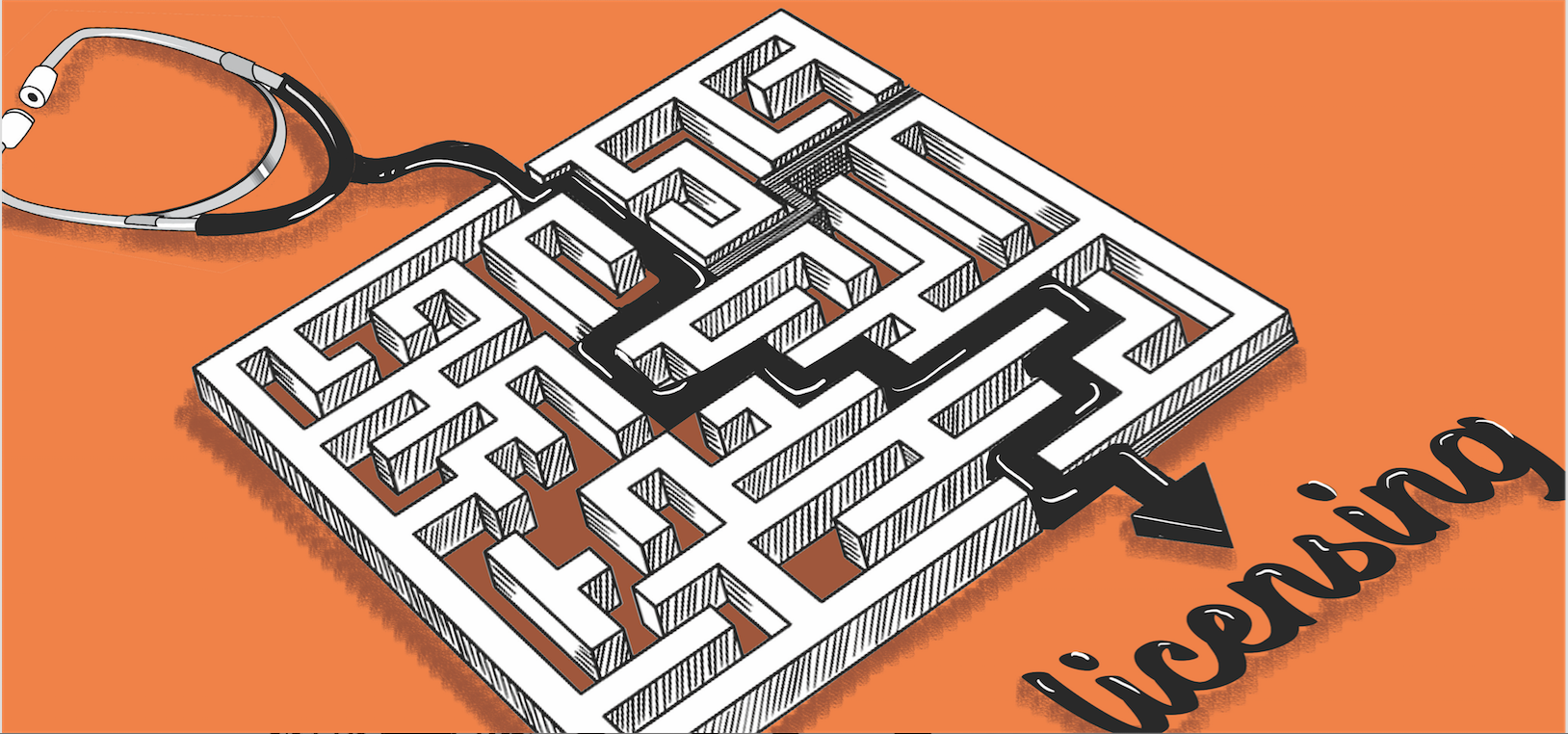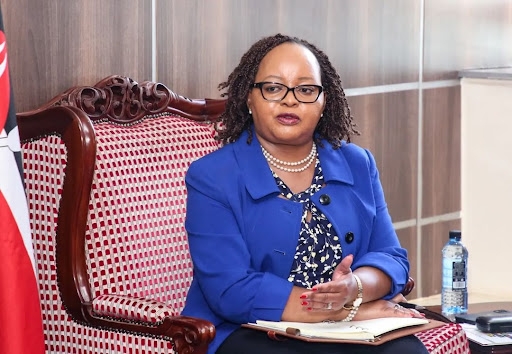
We had a dream of opening a small clinic in our hometown.
Two years later, that dream is yet to bear fruit—not from lack of patients or capital, but because we were buried under redundant paperwork and endless “facilitation” demands. Our story is not unique.
Kenya’s healthcare system is under pressure—not just from disease or limited funding, but from its own regulatory architecture. To operate a private health facility in Kenya, you must secure approvals from at least eight different regulators, many working in silos. Each requires separate inspections, fees and paperwork. Most don’t coordinate. Some are outside the health sector altogether.
The result? Delays, duplication, bribery – and costs passed to patients. Health regulation is vital. But over-regulation creates inefficiency, not safety.
A provider must navigate: KMPDC for facility licensing; PPB for the pharmacy; KMLTTB for labs; KNRA for radiation safety; ODPC for data registration; County permits for business, fire and advertising; plus, professional practice licences for all staff.
Each regulator operates independently. Fees pile up. Timelines stretch. Inconsistent inspections mean facilities often receive conflicting requirements. Defenders of the system argue that each agency ensures specialised oversight.
But the 2017 Joint Health Inspections pilot disproved that. Using a unified checklist, a single team inspected over 2,000 facilities in three counties. Compliance improved. Bribery dropped. Providers welcomed the fairness.
Ultimately, patients pay for this – twice. First, directly. Licensing costs for a small private facility can exceed Sh1.5 million annually. These are passed to patients through higher consultation fees, medication markups and lab charges.
Second, indirectly. When providers withdraw or cut corners to avoid bureaucracy, quality suffers. Some operate informally, exposing patients to unregulated care. Worse still, the government – through NHIF and SHA – delays reimbursements, leaving providers in a cashflow crunch. With limited alternatives, they shift the burden back to patients.
So how is healthcare supposed to become more affordable? The Joint Health Inspections (JHI) model worked. It was faster, fairer and more transparent. Facilities got clear scores and actionable feedback. A single inspection covered all requirements.
But nearly eight years later, JHI has not been scaled up.
Why? Likely because individual regulators resist change. Each protects its turf, and the revenue that comes with it. A unified system, though efficient, threatens their control.
This is the political obstacle we must overcome. The 2017 Health Act created the Kenya Health Professions Oversight Authority to coordinate all health regulators. But KHPOA remains underutilised.
It should become the national licensing gateway: one digital portal for all facility licences, integrated inspections and renewals. This would mirror global best practice.
Countries like Canada, Norway and the UK use one-stop digital platforms for all business licences, including health facilities. The OECD recommends this model as a driver of ease of doing business and anti-corruption.
On healthcare regulation, the WHO’s Global Benchmarking Tool helps countries assess and improve systems. Kenya’s current fragmented setup would score low. But with reforms, we can rise to a maturity level where regulation is streamlined, transparent and protective.
What then must we do? First, adopt Joint Health Inspections nationally: one inspection, one checklist, one report. Second, empower KHPOA to serve as the unified digital licensing portal for all health facilities.
Third, eliminate duplicative county trade permits for already licensed professionals. Fourth, publish annual regulatory scorecards showing timelines, complaints, and inspection outcomes. And finally, link SHA/NHIF empanelment to active licenses, while ensuring timely reimbursement to providers.
We cannot deliver quality healthcare while punishing those trying to provide it. Kenya must shift from a system of extraction to one of enablement. We have the blueprint. We have the laws. We have even piloted the solution.
What we need now is political will to implement it; to build a system where providers are supported, patients protected and the cost of care driven down not by subsidy alone, but by smarter regulation. Because when regulation becomes a tool of fear, confusion, and rent-seeking, we all pay the price.
Surgeon, writer and advocate of healthcare reform and leadership in Africa











